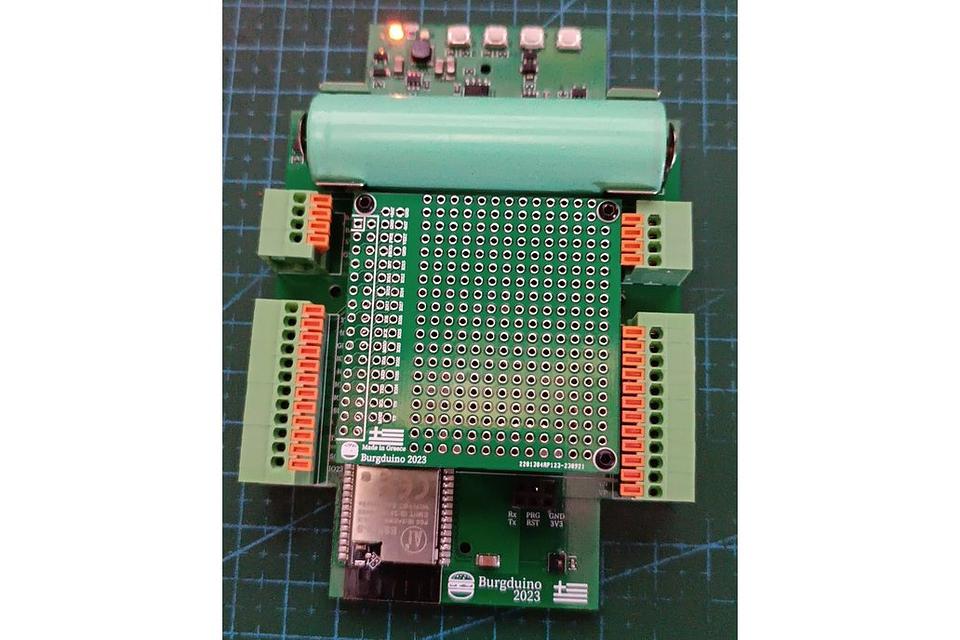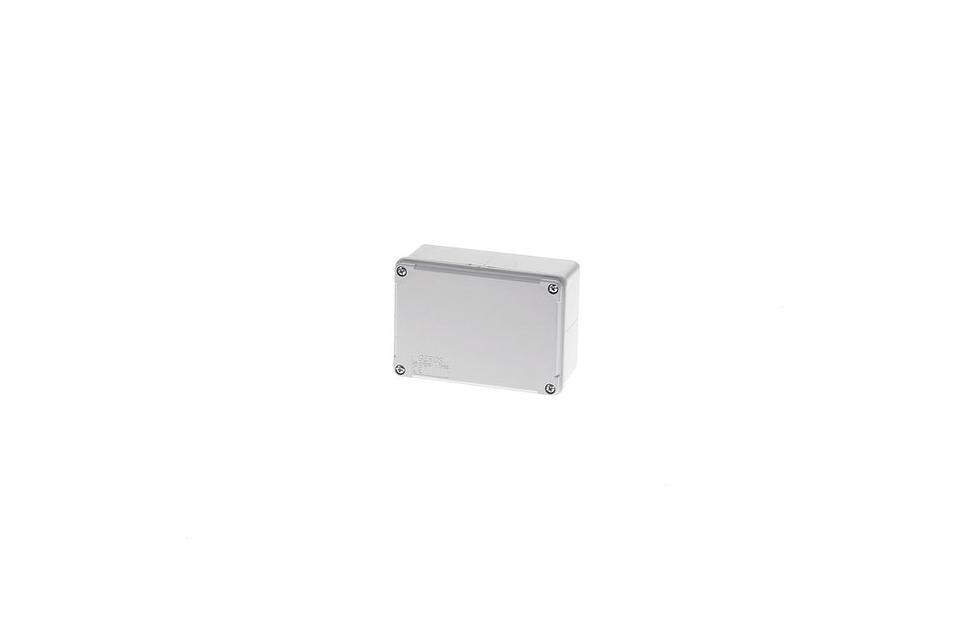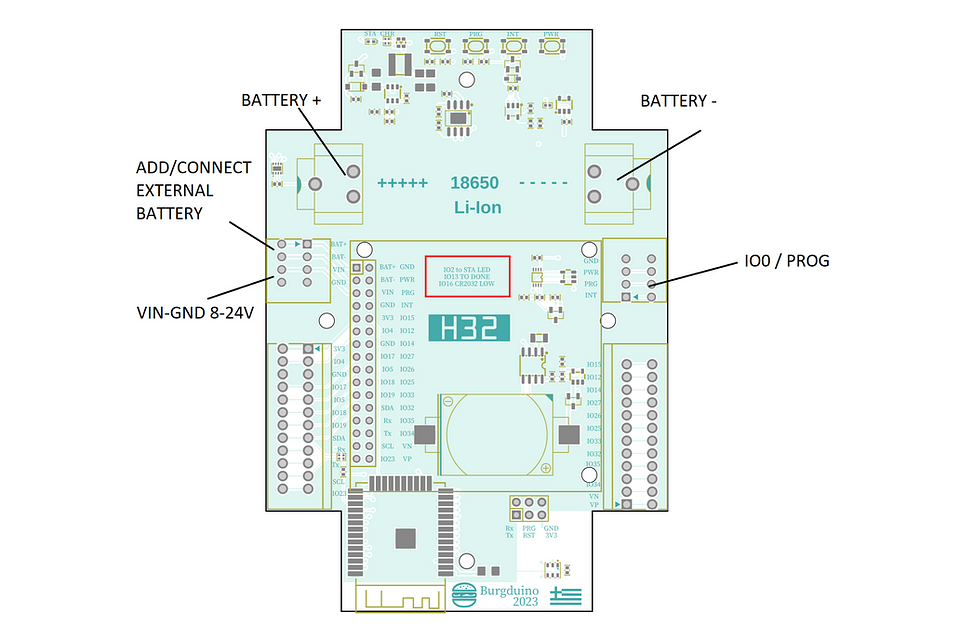This product has been retired. The contents of this page are provided for reference only.
H32 rev4 Ultra Low Power (9uA) ESP32 platform
Sold by Burgduino's store
$42.03
No tax for United States [change]
What is it?
H32 is an Ultra Low Power ESP32 platform. It is designed to make connections to additional electronics (sensors etc) a lot easier using spring terminals and, once your project is past the development stage you may need a custom expansion board with the additional electronics but NOT a whole ESP32 board with power management etc.. these are taken care for by H32. This makes it cheaper and faster to deliver the finished project for deployment.
Why did you make it & what makes it special?
Almost everybody involved with ESP32 has at some point used a "typical" devkit most of which have terrible power management circuitry for a battery powered project you want to develop. Almost everybody who has worked with a "typical" devkit during project development hates the myriad of not so easy to work with wires with pin headers which if not of really good quality can cause problems either electrical (cheap wires with huge resistance) or mechanical (getting loose easily after few uses). not to mention one wrong move can remove a bunch of wires and have you start from scratch. Typically you will breadboard a devkit connect sensors etc to it and once you're done you most likely need to design a custom board to host the devkit and additional electronics. Although in theory its possible to bring an ESP32 in a very low power mode, using a normal devkit usually increases the "idle" state power consumption from hundreds of uA to a few mA even. You also cannot power a devkit from a wide voltage range and most of the time they are designed to use with LiPo or protected Li-Ion as they dont have battery protection onboard.
H32 was designed to solve all these problems and more. Instead of trying to achieve low idle power consumption with the ESP and everything else onboard powered H32 shuts down system power completely achieving an ultra low idle power consumption of aprox 9uA. The onboard fuel gauge will turn on power if battery goes critically low and so will any sensor you add or any kind of switch like reed switches or floater switches. H32 fits inside GEROS GR17006 waterproof electrical junction box (which is cheap and available in many countries but we can also supply) H32 has a 500mA single cell Li-Ion charger with battery protection as well as an I2C fuel gauge which are responsible for the well being of the onboard 18650 cell. Power source can be anything DC from wall adapters to solar panels with voltages between 7 and 24V. When powered down the external power source recharges the battery, when powered on the external power source will also supply power to the system (UPS function).
TIMER
H32 operates based on a power management circuit controlled by active low signals. Besides the Power Button & Fuel Gauge which can both turn on power, H32 is using an RTC in order to turn on and off on its own based on a time interval which can by dynamically changed based ie on battery status or a sensor reading etc. This means H32 is particularly suited for applications where a physical event is monitored for changes over time or, has a very sporadic and irregular occurrence.
GPIO
All GPIO from Ai-Thinker's ESP32-S (ESP32-WROOM-32) except GPIO13 & GPIO2 are available to the user.. GPIO13 is used to shut down power when system is ready.. GPIO2 is used for the onboard STATUS LED.
EXPANSION BOARDS
We have prepared a prototyping board but are working on application specific expansion boards ie LoRa or NB-IoT or Beekeeping with a load cell interface etc.
SENSOR
An AHT21 I2C humidity & temperature sensor is onboard H32 for basic readings..
FIRMWARE
Firmware for H32 has been developed by Joachim Baumann and you can find it on GITHUB
Current firmware version offers full functionality but we are working on improvements and additional functionality as the project matures.
PROGRAMMING
There is a 6pin programming header with access to POWER, RESET, GPIO0 & RX/TX A matching USB adapter is specially designed for H32 and you can order it as an option or on its own USB-C USB2UART/UPDI PROGRAMMER
H32 will increase your creativity, expand your battery runtime and help you go from idea to finished project faster and easier than any other devkit in the market today.. did we mention its consumes only 9uA when idle???
DEMO
H32 rev4 DEMO unit uploading data every 2min on IoTPlotter
Links to code and documentation
Shipping policy
No information available.
The seller
Burgduino electronics






